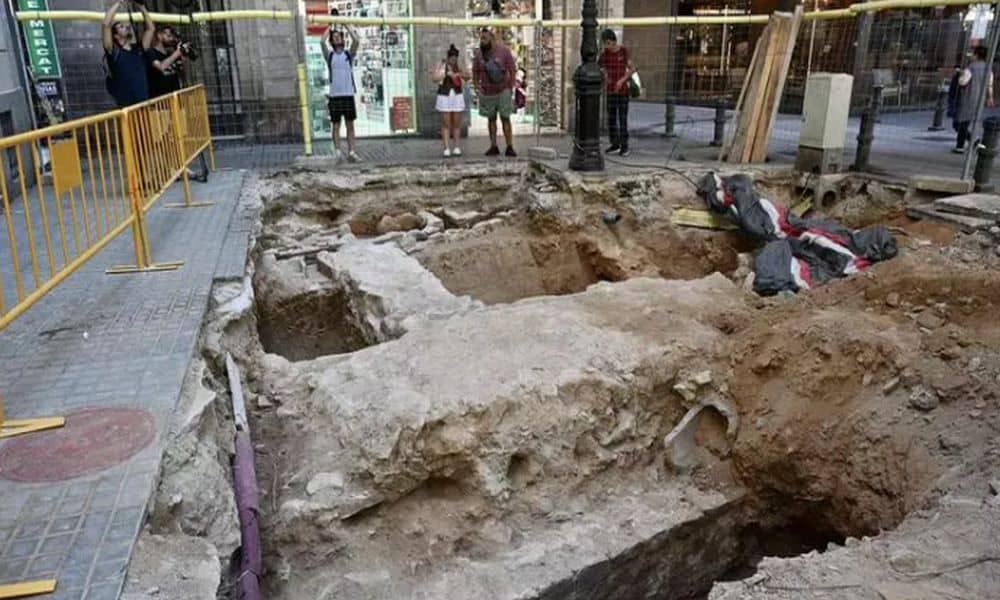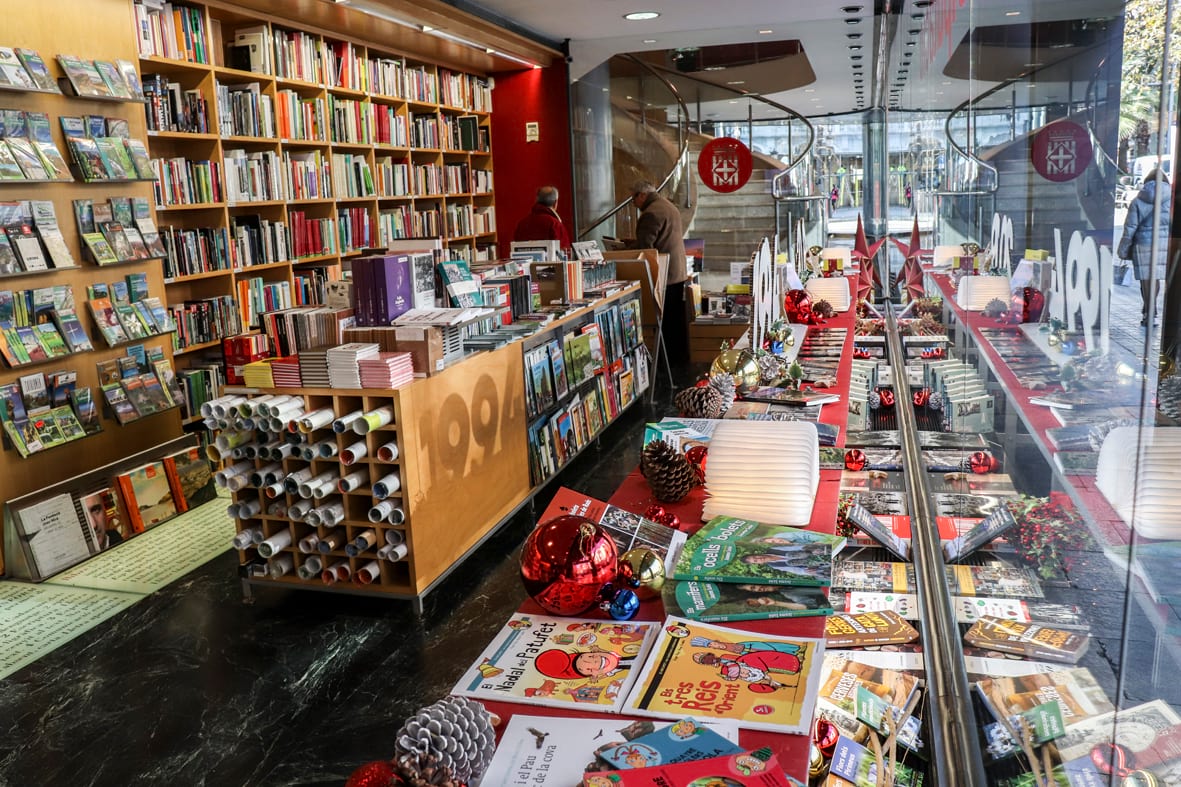
Experts gain a better understanding of the configuration of the city in the Middle Ages
This discovery in the Portal de Trentaclaus, which corresponds to one of the main entrances to Barcelona, is characterized by being truly exciting. It should be noted that this portal marked countless historical moments in which this discovery offers experts a much better understanding of the configuration and urban life of the city in medieval times.
Medieval wall documented in plans
It should be noted that this medieval wall is documented in plans, but what is new about this is that it can be excavated to its full extent will be a gateway to Barcelona in medieval times. As explained by the director of the excavation, Irene Cruz “It is said, but we have no documented evidence, that it was called Trentaclaus because it had thirty keys, it was the gateway to the neighborhood of the ollers; in medieval times in the street Escudellers all potters workshops were concentrated.
Construction began at a time of great tension.
When the wall began to be built, it was a time of great tension. Between 1240 and 1285, Peter the Great, revealed to assert his rights over Silicia, challenging the French king and the Pope. In this sense, to prevent a French attack he requested urgent protection of Barcelona with walls of wooden towers and ramparts, excluding the sea side. According to the details he has given, he indicates: “It was a temporary construction. It was the Consell de Cent who ended the conflict, duly strengthened the city: it was a municipal work”.
Existing and new portals such as the Portal Nou in 1925
In this new wall there is evidence of portals that already existed such as Portaferrissa or Jonqueres, the Boqueria and other new ones such as the Portal Nou in 1925. At the beginning of the 14th century, the Rambla was part of the walled perimeter. Later, the wall underwent numerous renovations. Later, in 1357, the Consell de Cent took the decision to reform them in view of the confrontation between Peter the Cruel of Castile and Peter the Ceremonious. This event took place between 1356 and 1369. Within these innovations they acquired three quarries on the mountain of Montjuïc and reinforced the perimeter of what is now the Ciutat Vella. According to Cruz, “We will also be able to document how the dismantling began in 1860, when it was decided that the walls should be demolished to improve the quality of life of the inhabitants of Barcelona”.
Remains of the medieval wall: important discovery found
Within the find they have found maravedíes, this is a type of coinage of Isabel II dating back to the mid-19th century. These excavations are still in progress and will continue for a year. Once finished, everything will be covered and will not lead to the museum. This means that anyone wishing to see it will have to do so while the works continue. Also, local authorities are working on plans to preserve important vestiges, so that the public can appreciate this important discovery that is part of Barcelona’s history. On the other hand, it should be noted that this discovery will not only enrich the historical knowledge of Barcelona, it is also expected to attract tourists and researchers who wish to delve into the cultural heritage of the city.



